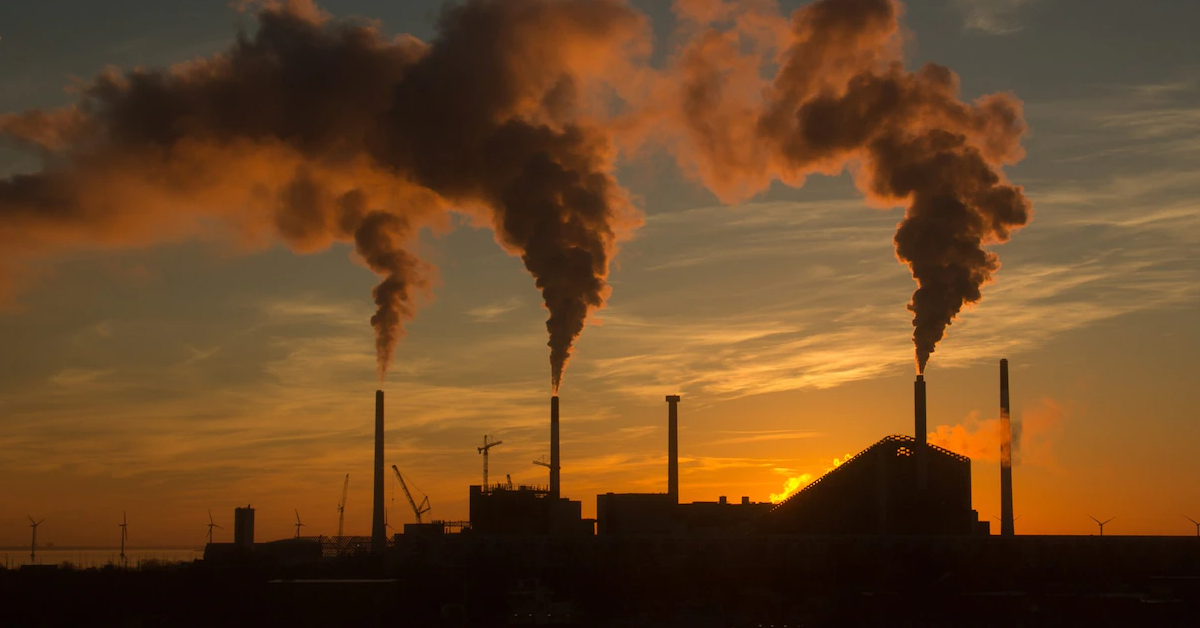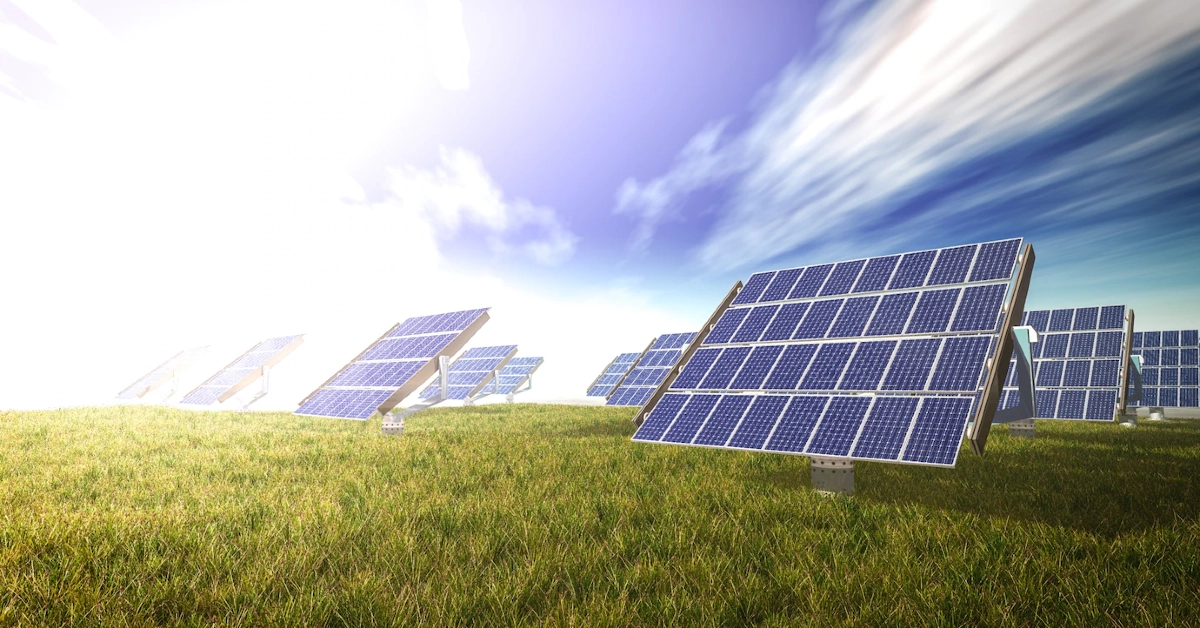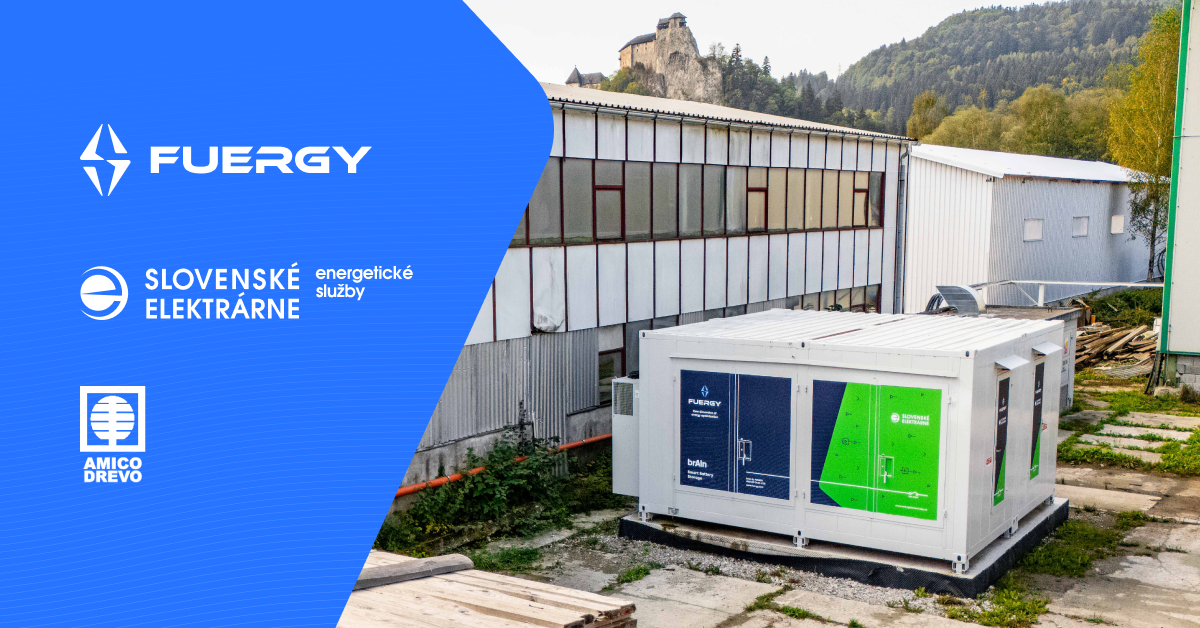
Such burning leads to the formation of toxic fumes that have a negative impact on the environment. In this article, we will look at what gasses are produced during combustion and how we can use alternative sources that are cleaner and more promising for future generations.
Combustion and climate change
Today, there is no doubt that the burning of fossil fuels (coal, oil, natural gas) has a major impact on the climate changes currently underway. This is also why sustainable alternatives such as solar panels are experiencing an unexpected boom. Under combustion, a chemical process occurs during which a reaction between fuel and oxygen produces harmful gasses that escape into the atmosphere. Solar radiation passes through to earth but heat is blocked from escaping. This ultimately causes the climate changes which we are all familiar with and FUERGY aims to tackle. These gasses include:

Carbon dioxide – CO2
Carbon dioxide is the most well-known gas produced by burning fossil fuels. It is created during the burning of coal, oil and natural gas, but also biofuels. CO2 emissions are the main cause of global warming and have the greatest impact on climate change.
Nitric oxide – NO2
Nitrogen oxide is produced at high temperatures while burning fossil fuels, especially oil. In addition to the adverse effect on our climate, it is also responsible for the creation of smog and acid rain. Regular and long-term exposure can lead to negative impacts on our health.
Sulfur dioxide – SO2
Sulfur dioxide is produced by burning fossil fuels that contain sulphur, for example coal or oil. The leakage of this gas into the atmosphere causes acid rain and pollutes the environment.
In addition to the chemicals mentioned above, the burning of fossil fuels also creates other harmful substances, including ash, fly ash, smoke or volatile organic substances and suspended particles.

Source: freepik.com
Alternative sources of energy and photovoltaics
So how do we get the energy we need without producing the aforementioned harmful byproducts? The solution is alternative and mainly sustainable sources of energy. Solar, wind, water or geothermal energy are the keys to a greener future.
The current trend with the most potential is solar panels, which uses the sun's rays to produce clean energy for households and companies. Modern solar panel systems can easily cope with the biggest downside of solar energy to date - sunless days and nights. In these cases, our smart battery storage brAIn comes to the rescue, with the ability to store and release electrical energy when solar panels alone are not enough.
At FUERGY, we trade in sustainable and clean energy, which will leave our planet in a better condition for future generations. Are you interested in this topic? If so, read our other articles.
New dimension of energy optimization





